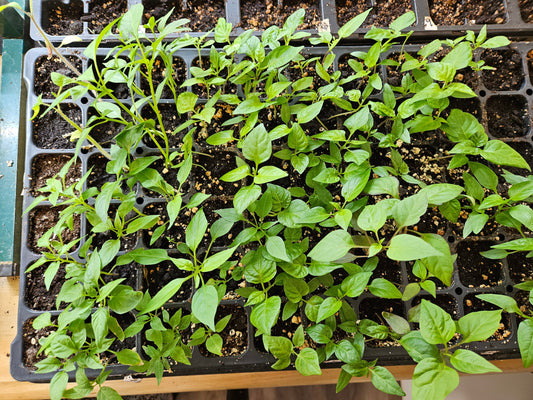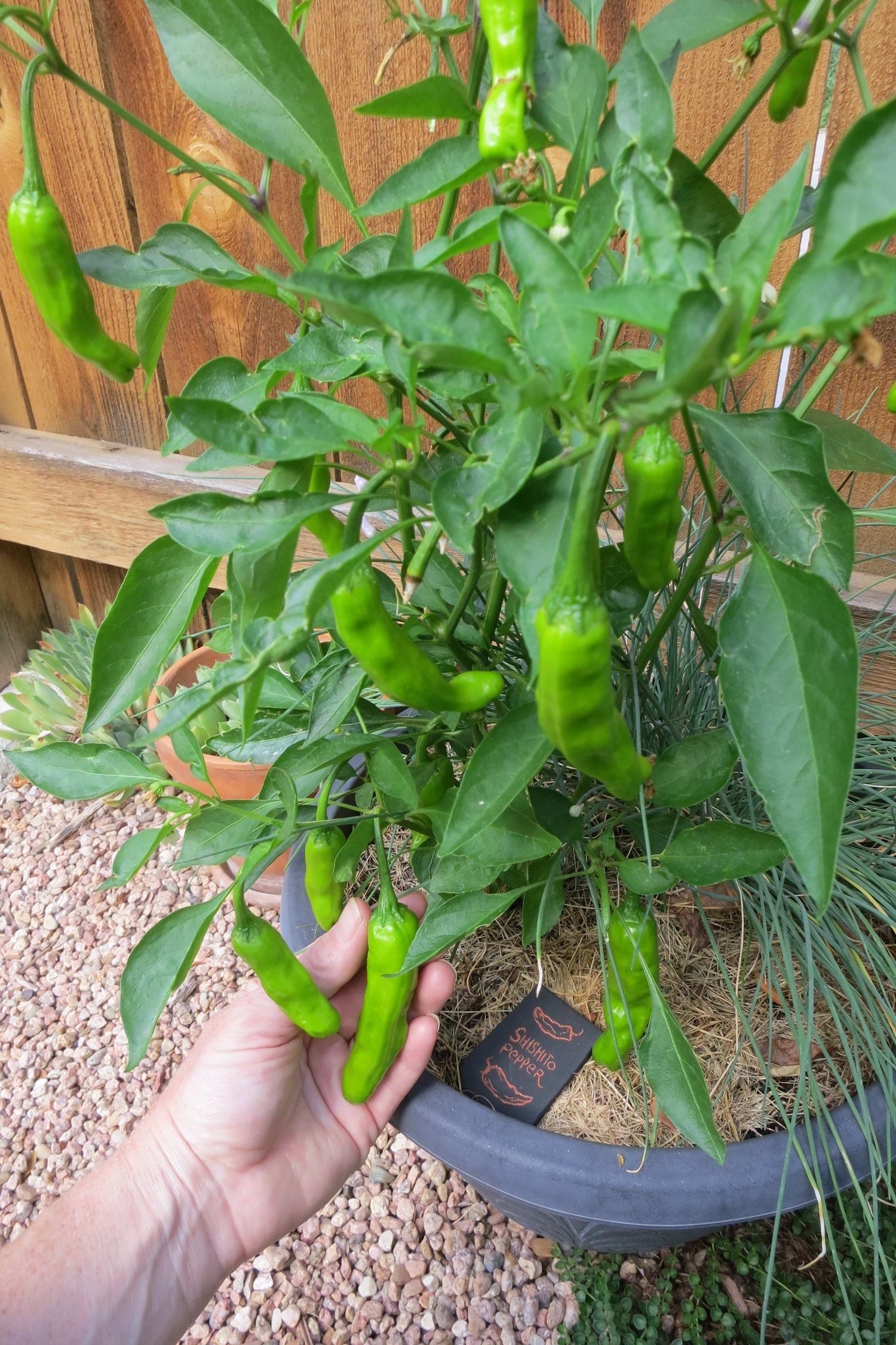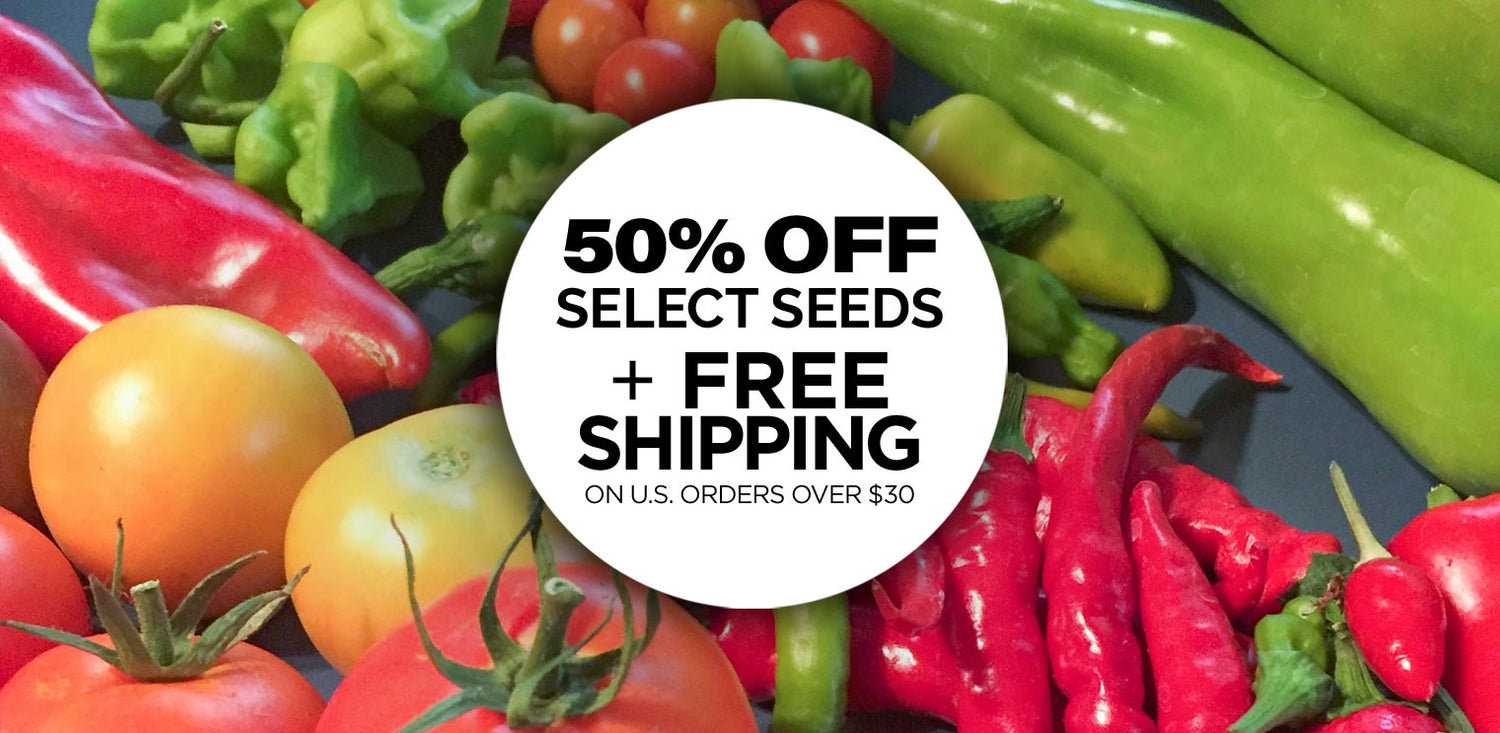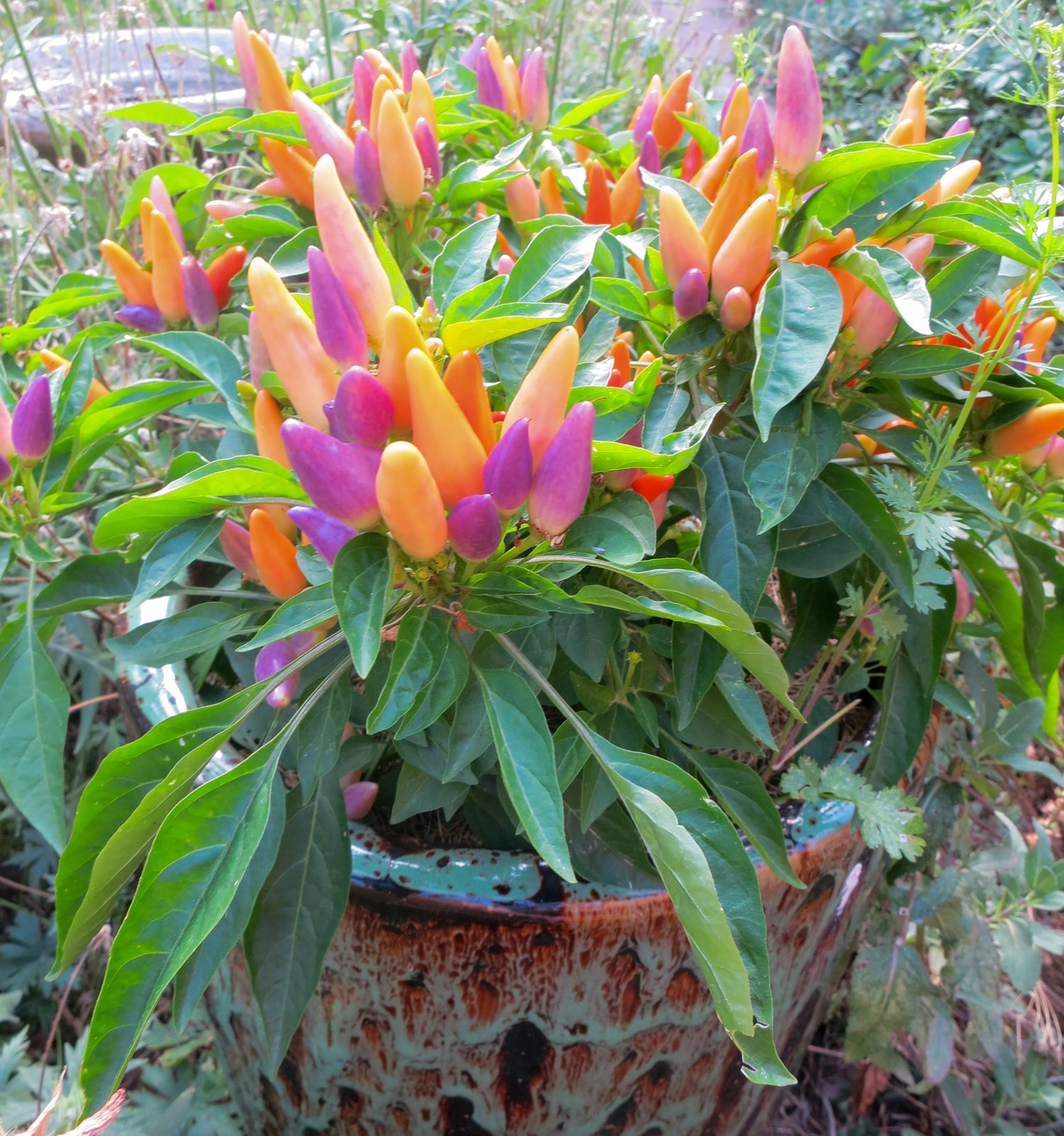Yes and No. The New Mexico pod-type chiles have an interesting history.
History - The first NM chile was created in 1921 by Fabian Garcia. His 'New Mexico No. 9' chile became the foundation for the modern chile pepper industry in the American West.
Before 1921 growers had no way to predict or control the size or heat of their chile pods. García saw an opportunity to develop a chile that would be easier to peel after roasting and to preserve by canning. He predicted, too, that a milder chile pepper would appeal more to more people.
García used the best chile plants to cross pollinate over and over again, eliminating any cultivars that lacked the desirable characteristics. In 1921, after nine years of painstaking tests in the desert soil, only one subject, New Mexico No. 9, remained. And from that single cultivar all New Mexican-type chile peppers are descended and became the Hatch chile when grown in the area of Hatch, New Mexico.
Recent History - For over a century farmers and researchers have been working to improve chile cultivars through selective breeding. Their goals have included producing varieties with great flavor, roasting aroma, uniform heat, size, yield, increased disease resistance, easy harvesting traits and easy peeling characteristics. Usually, a vegetable with the heirloom designation equates to superior taste but that might not be the case with New Mexican pod-type chiles.
Are Hatch chiles* heirlooms?
If we define an heirloom as an open-pollinated cultivar that has been grown for more than 50 years, then Sandia, New Mexico 6-4 meet those requirements.
Here are the heirloom New Mexico pod-type cultivars established before 1976:
Sandia –1956, New Mexico 6-4 –1957, NuMex Big Jim -1975
The heirloom New Mexico pod-type cultivars grown for over 20 years, established after 1976:
NuMex Espanola Improved -1984, NuMex R. Naky Paprika –1985, NuMex Joe E Parker –1990
New Mexico chiles after 2005 and grown for less than 20 years:
NuMex Heritage 6-4 –2012, NuMex Sandia Select –2014, Barker’s Hot, Big Jim Legacy, Lumbre, Ms. Junie –2014, Rattlesnake -2017, Guizeppi -2019
*What is a Hatch chile?
As gardeners we like to plant heirloom vegetables because of their great flavor, and we like the connection to the past that heirloom vegetables represent. It is also important to maintain the diverse genetic base that heirloom vegetables represent and make sure their genetic traits are not lost. (Fabian Garcia below.)






















